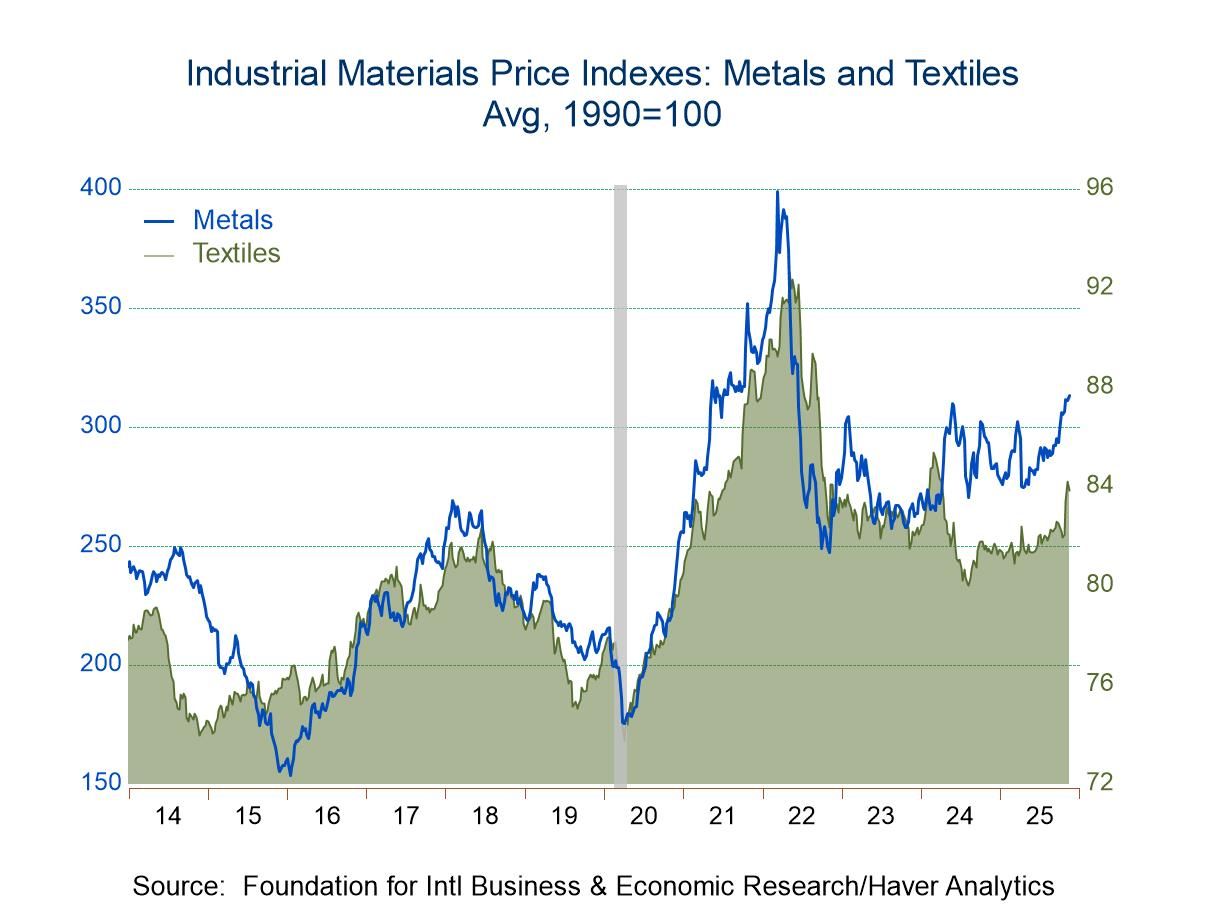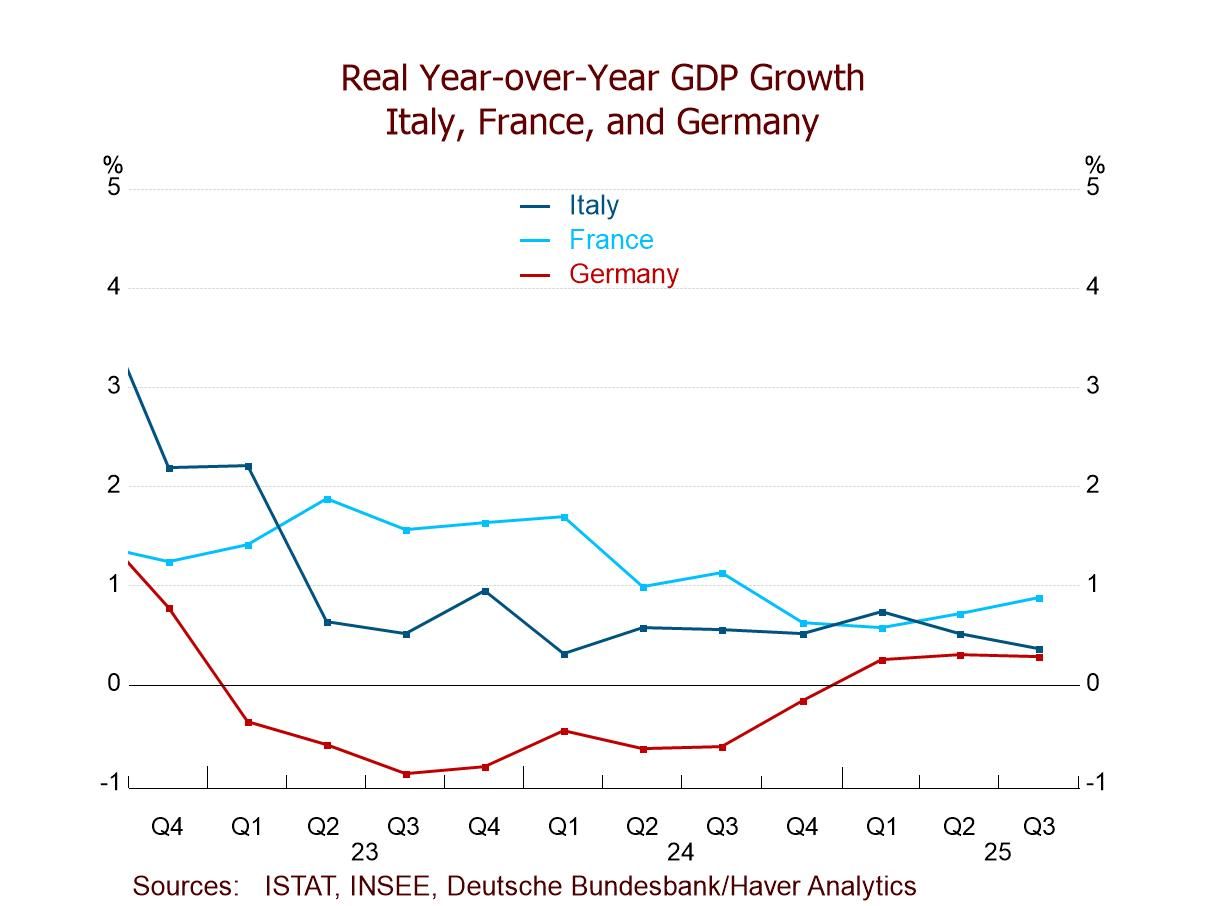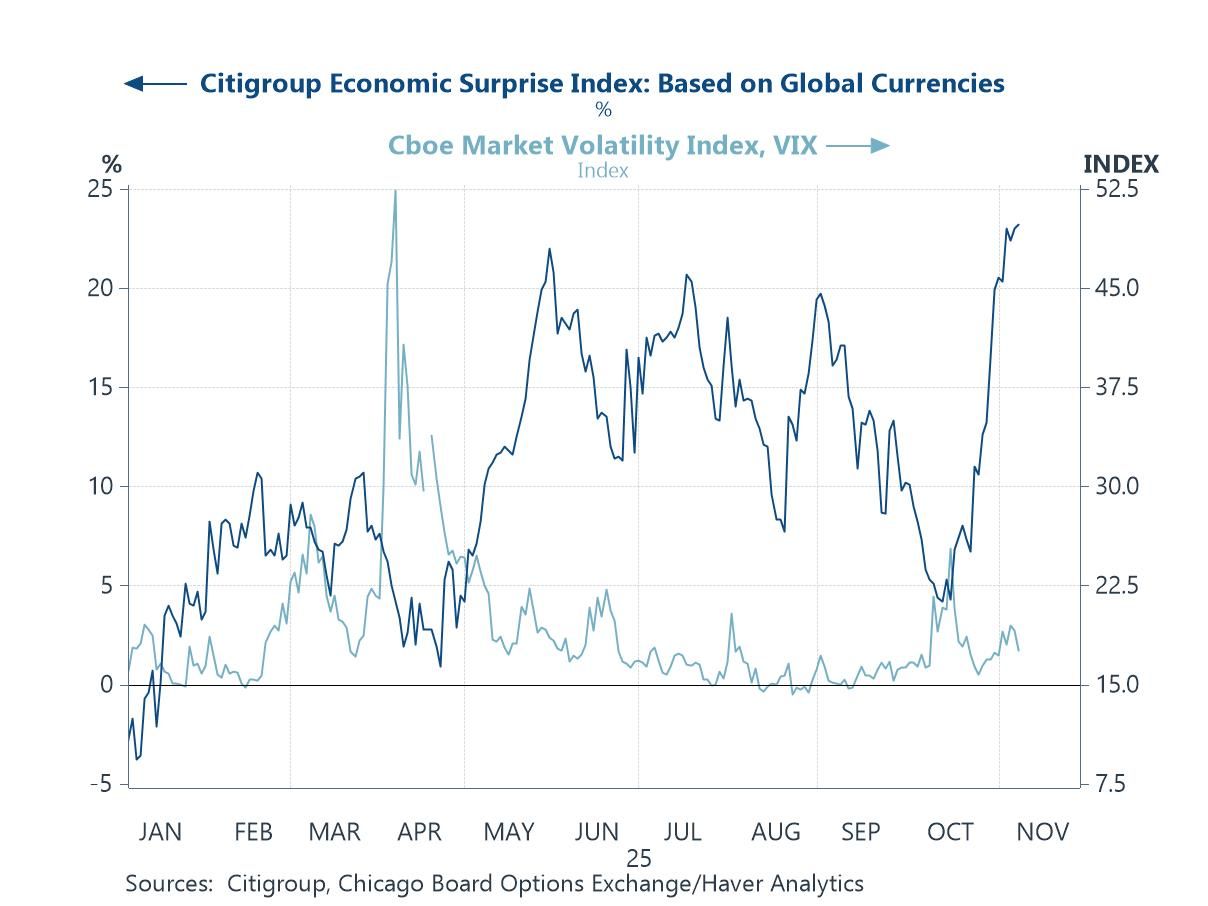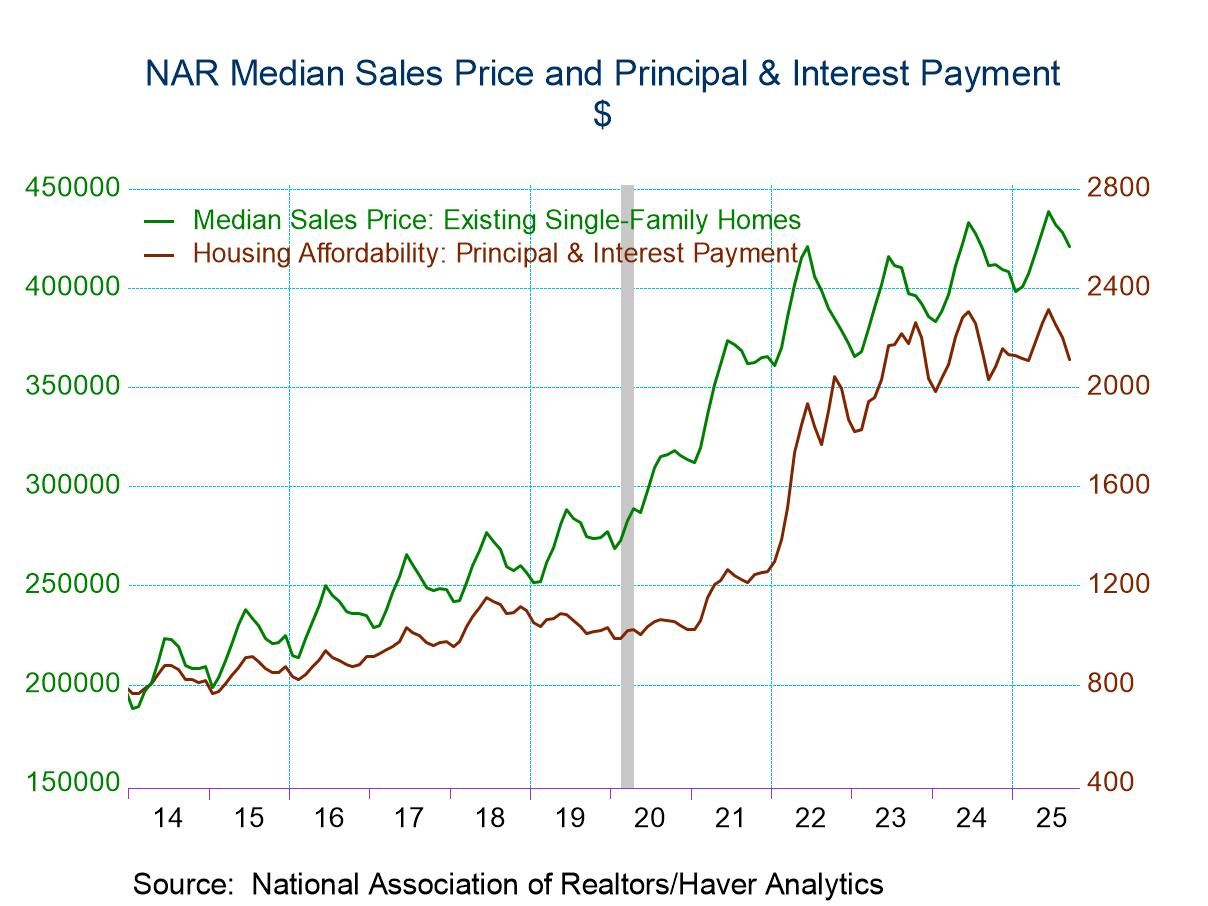Canadian Consumer Continues a Long Cool Down

Canada’s nominal sales show some overall resilience; however, when adjusted for inflation, sales show deepening weakness in August.
Headline nominal trends are resilient- Canadian retail sales declined in August, falling by 0.1% after rising by 0.4% in July and gaining 0.1% in June. The progression of retail sales growth from 12-months to six-months to three-months shows gains across all horizons with no clear trend. The 12-month growth rate of 1.6% is the same as the annualized 3-month growth rate with a pickup to 3% over six-month horizon in between.
Industry trends show mixed nominal results- Looking at industry level sales, new car dealers show a steady slowdown in nominal sales from 7.2% over 12 months to 2.9% annualized over six months to less than 1% annualized pace over three months. Supermarket sales show a general slowdown with growth rates at 4% or more over six months and 12 months before contracting at a 2.3% annual rate over three months. Clothing store sales gained 5.7% over 12 months and then declined at a rate of 1% or less over six months and three months.
Nominal sales excluding motor vehicles- Taking motor vehicles out of total nominal retail sales leave sales tending towards slightly stronger growth with a gain of only 0.3% over 12 months, rising to 3% over six months and settling back to 2.2% at an annual rate over three months.
Real sales show a clear declining trend- The industry trends for nominal Canadian retail sales are not particularly clear; however, when we take the inflation out of the picture, the overall results clarify themselves. Over 12 months real retail sales rise 1.2%, over six months real retail sales fall at a 0.1% annual rate, and over three months real retail sales fall at a 3.4% annual rate. Moreover, real retail sales fall by 0.6% in August, fall by 0.1% in July, and fall by 0.1% in June. The recent monthly picture is unambiguously weak as monthly reports show that the real retail sales continue to contract.
The real thing... As always, during times when inflation is high and particularly when the inflation rates are changing, it's important to look at the inflation adjusted data instead of just the nominal data. But nominal data can sometimes provide a bit more detail sooner that adds to the flavor of the real signal. Canada's nominal data show unevenness on their own but not real clarity. The real retail sales data show substantial clarity.
Canadian sales quarter-to-date- On a quarter-to-date basis, Canadian retail sales rise by 1.8% in an annual rate with two months data in from the third quarter; excluding motor vehicles, that growth rate rises to 3.4% at an annual rate. However, including motor vehicles but then adjusting for inflation leaves quarter-to-date real retail sales for Canada falling at a 3.6% annual rate with two months of data in hand. In addition, nominal sector sales show that new car dealer sales fall 2% at an annual rate, the quarter-to-date supermarket sales fall by 0.2% at an annual rate, and clothing store sales fall at a 1.2% annual rate.

Summing up trends- Canada's economy has been showing a steady slowdown in sales. The slowdown in real retail sales is clear from earlier in the year looking at three-month and six-month growth rates. Housing starts in Canada have been somewhat erratic; they clearly picked up in the period after COVID; however, since then there has been a volatile downtrend in place. Canada's manufacturing PMI gauge has been cruising under 50 this year (pointing to manufacturing contraction) and has recently been on a weakening trend. Job growth in Canada has shown some mixed trends with service sector employment building some strength at a time that goods sector employment has been losing momentum. Canada's unemployment rate has been extremely low although it has picked up a little bit from its cycle low. The unemployment trend in Canada is reminiscent of the trend that we see in the United States. Amid these ‘cross-currents’ Canada’s GDP growth rates have been in a clear slowing mode in the post-COVID period. The retail sales data fit into this picture of a slowing economy once we inflation adjust the data and look at it in real terms. At the same time, the job market in Canada shows a great deal of resilience – joining a surprising international trend. Canada’s inflation rate has overshot, and remains excessive; still, inflation also has been down, but in recent months trends show signs that the decline in the rate of inflation may be running out of steam, once again much like we see of the trends in the United States. Because of these trends, it's hard to tell if Canada's economy is going to continue slipping or if it's trying to settle into a sustainable slower growth mode after having experienced more substantial growth post-COVID. Which way the economy turns may depend on how aggressively the Bank of Canada decides to be in returning inflation to target.

Robert Brusca
AuthorMore in Author Profile »Robert A. Brusca is Chief Economist of Fact and Opinion Economics, a consulting firm he founded in Manhattan. He has been an economist on Wall Street for over 25 years. He has visited central banking and large institutional clients in over 30 countries in his career as an economist. Mr. Brusca was a Divisional Research Chief at the Federal Reserve Bank of NY (Chief of the International Financial markets Division), a Fed Watcher at Irving Trust and Chief Economist at Nikko Securities International. He is widely quoted and appears in various media. Mr. Brusca holds an MA and Ph.D. in economics from Michigan State University and a BA in Economics from the University of Michigan. His research pursues his strong interests in non aligned policy economics as well as international economics. FAO Economics’ research targets investors to assist them in making better investment decisions in stocks, bonds and in a variety of international assets. The company does not manage money and has no conflicts in giving economic advice.






 Global
Global